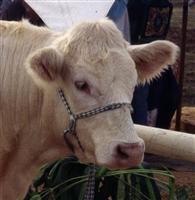
Improve Your Knowledge and Skills
- Learn to manage Beef Cattle
- Start your own Cattle Breeding business?
- Improve your prospects for work in the beef industry
This course will build your confidence and knowledge, teaching you most of what you will need to know about breeding and managing beef cattle.